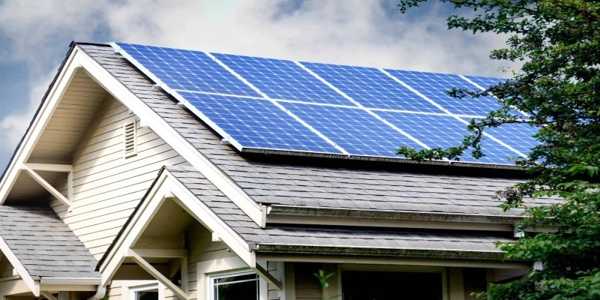Solar Power Beyond The Roof: Innovations In Renewable Energy
Solar power has traditionally been synonymous with rooftop solar panels, a widely recognized and accessible way to harness the sun's energy. However, with advancements in technology and a growing need for cleaner energy solutions, solar power is evolving beyond just rooftops. In recent years, innovations in renewable energy have led to new ways of generating and storing solar energy in unexpected places. This article will look at these innovations, which include solar energy harvesting from non-traditional surfaces, solar storage technologies, and the integration of solar power with other renewable systems. These developments are not only enhancing the efficiency of solar energy but also contributing to a more sustainable energy future.
Solar Power Beyond Rooftops: New Frontiers
While rooftop solar panels have dominated the solar energy market for decades, the potential for harnessing solar power from a wider range of surfaces has gained increasing attention. Solar panels are now being integrated into windows, facades, and even roads. These innovations are expanding the possibilities for solar energy generation and offering solutions for urban environments with limited roof space.
Solar Windows And Building-Integrated Photovoltaics (BIPV)
One of the most exciting developments in solar power is the use of transparent solar cells that can be incorporated into windows and facades. These solar windows offer a dual function of allowing light to pass through while also capturing sunlight to generate electricity. This is particularly useful in urban areas, where building space is often limited, and rooftops are already occupied with other energy systems.

Building-integrated photovoltaics (BIPV) are another innovation that enables the integration of solar panels into the architecture of buildings. BIPVs can be incorporated into the walls, roofs, and even the windows of a building, providing an aesthetically pleasing alternative to traditional solar panels. These systems can reduce the need for separate solar installations and maximize the energy efficiency of buildings. For example, solar tiles and solar shingles are designed to blend seamlessly into the structure of a building, making them ideal for residential and commercial projects.
Solar Roads And Pavements
While still in its early stages, the concept of solar roads is gaining traction. Solar panels embedded in roads, pavements, and walkways could harvest solar energy without requiring additional land space. This innovation has the potential to transform infrastructure by turning roads into power generators. Solar roads could help power streetlights, traffic signals, and even electric vehicles (EVs) through charging stations built into the roadway.
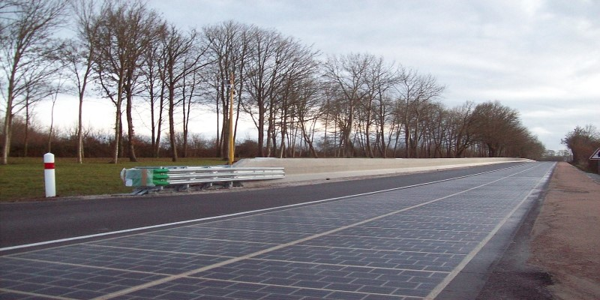
Solar pavements are also being explored for their potential to generate energy in high-traffic areas such as sidewalks, parking lots, and pedestrian zones. By integrating solar technology into common surfaces, the need for dedicated land space for solar farms is reduced, making solar energy more accessible in densely populated urban areas.
Innovations In Solar Storage Technologies
As solar energy becomes more widespread, the need for efficient energy storage systems has grown. Solar power, being intermittent by nature, can only be harnessed when the sun is shining, which makes storing excess energy for use during cloudy days or at night a critical part of the solar energy ecosystem.
Battery Storage Advances
Battery technology has been one of the major areas of development in the renewable energy sector. Advances in lithium-ion batteries have already made it possible to store solar energy efficiently. However, researchers are now exploring alternative battery technologies that can offer better efficiency, longer life, and lower costs.
Solid-state batteries, for example, use a solid electrolyte instead of a liquid one, which makes them safer, more efficient, and capable of holding more energy than traditional lithium-ion batteries. These batteries are seen as a game-changer for renewable energy storage, as they could provide more reliable and long-lasting storage solutions for solar energy.
Another innovation is the use of flow batteries. These batteries store energy in liquid form and can be scaled up more easily than traditional solid-state batteries. Flow batteries are particularly useful for large-scale solar energy storage systems, such as those used in solar farms or large commercial buildings.
Grid-Scale Storage Solutions
In addition to individual battery systems, there is growing interest in grid-scale energy storage solutions that can store large amounts of energy for the electric grid. Large-scale solar storage systems, like pumped hydro storage and compressed air energy storage, are being paired with solar farms to create reliable, 24/7 energy systems. These technologies store excess energy generated during the day and release it during times of high demand or low solar generation.
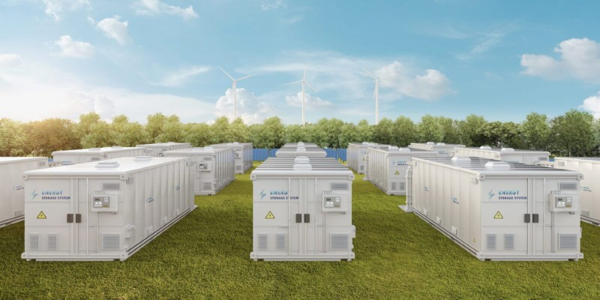
Pumped hydro storage works by using excess solar energy to pump water uphill into a reservoir. When energy is needed, the water is released, flowing back down to generate electricity through turbines. Similarly, compressed air energy storage uses solar energy to compress air and store it in underground caverns. When demand is high, the compressed air is released to generate electricity.
Solar And Wind Hybrid Systems
Another emerging trend in renewable energy is the integration of solar power with other forms of clean energy, particularly wind power. Solar and wind hybrid systems combine the strengths of both technologies to create more consistent and reliable energy generation.
The Power Of Combining Solar And Wind
Solar power and wind energy each have their strengths and weaknesses. Solar energy is plentiful during the day, while wind energy tends to be more abundant at night or during stormy weather. By combining these two sources, hybrid systems can provide a more constant supply of energy throughout the day and night. This synergy makes hybrid systems an attractive option for areas where either solar or wind alone might not be sufficient.
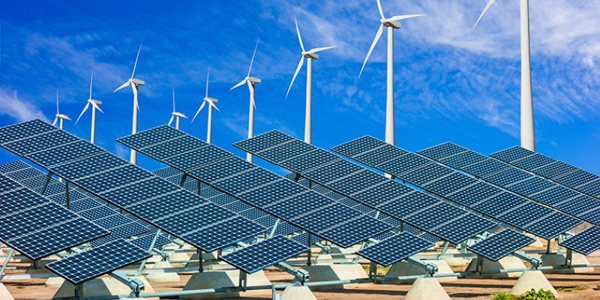
For example, a solar farm and a wind farm could be installed side by side, with their energy outputs fed into a shared grid. This arrangement ensures that when the sun is not shining, the wind is likely blowing, and vice versa. By integrating energy storage systems, such as batteries or pumped hydro, hybrid systems can offer continuous, reliable energy, even when both solar and wind production are low.
Hybrid systems can also help reduce the need for backup power from non-renewable sources, such as natural gas plants, which are often used to stabilize the grid when renewable generation is insufficient. By providing a more reliable and consistent flow of renewable energy, solar-wind hybrid systems can play a key role in transitioning to a carbon-neutral energy future.
The Future Of Solar Power
Looking ahead, the future of solar power seems bright. New materials, better storage solutions, and innovative applications of solar technology are making solar energy more efficient, affordable, and accessible than ever before. Researchers are working on creating ultra-efficient solar cells that can capture more sunlight, even in low-light conditions, and materials like perovskite solar cells are showing great promise for lower-cost, high-performance panels.
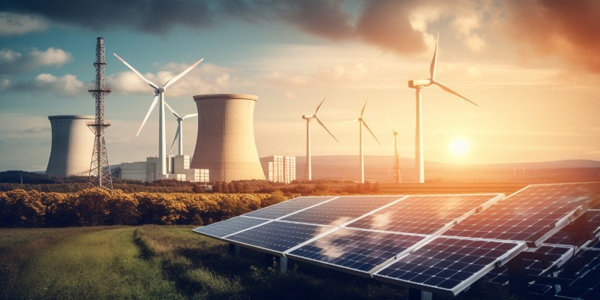
The push for sustainability, combined with advancements in solar technology, is likely to spur further investment in solar infrastructure. Governments, businesses, and homeowners alike are embracing solar power, driven by the desire to reduce carbon emissions and secure a reliable, clean energy source. With continued innovation in solar technology, the possibilities for solar energy are expanding beyond rooftops and into many aspects of daily life, from energy-efficient buildings to the roads we drive on.
Conclusion
Solar power is evolving far beyond the traditional roof-mounted panels, with innovations in solar technology taking the form of solar windows, building-integrated photovoltaics, and solar roads. Alongside these advancements, energy storage technologies are also progressing, enabling solar energy to be stored efficiently and used when it’s needed most. The integration of solar power with other renewable energy sources like wind is also helping to create more reliable and consistent energy systems. As technology continues to improve and costs decrease, solar power will play an even larger role in the global energy landscape, offering new ways to power our homes, businesses, and communities sustainably.

